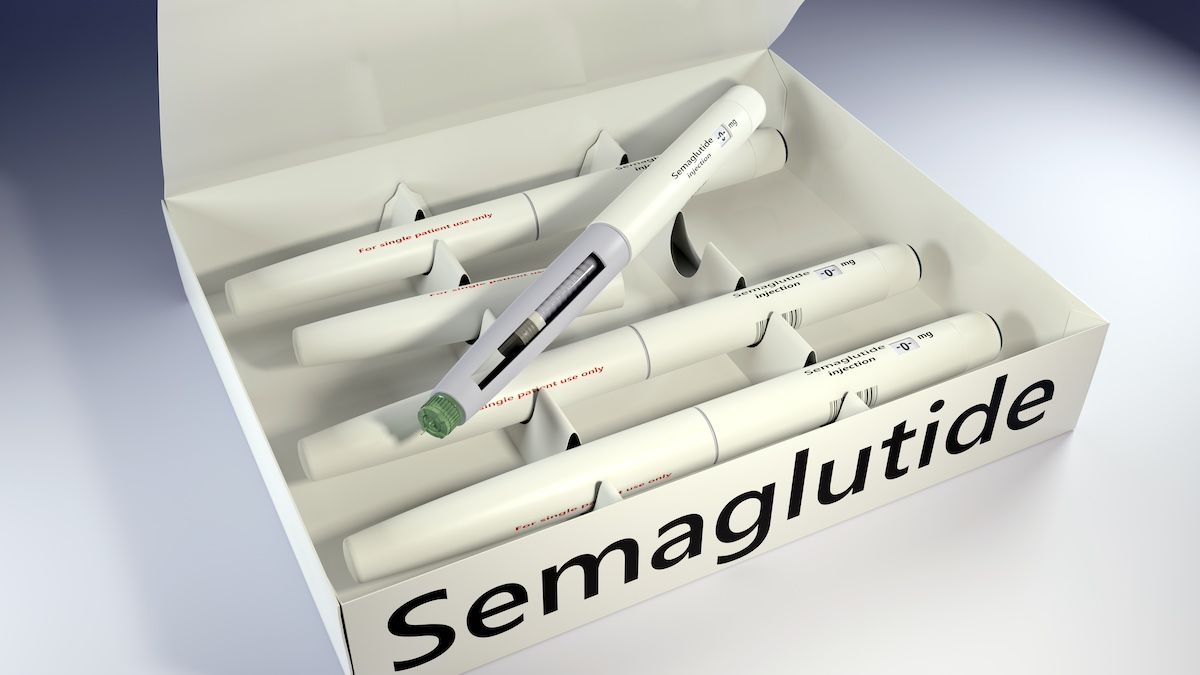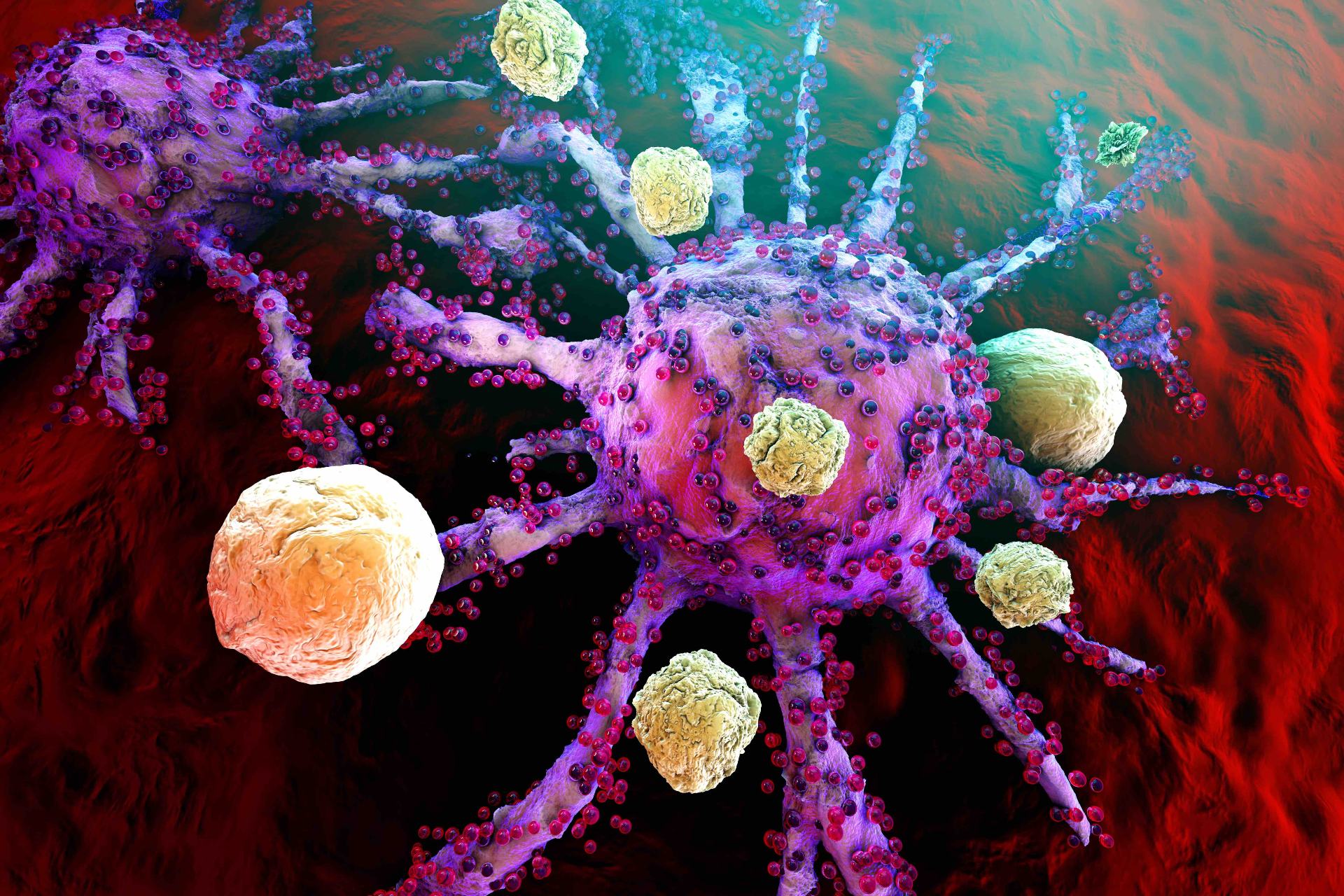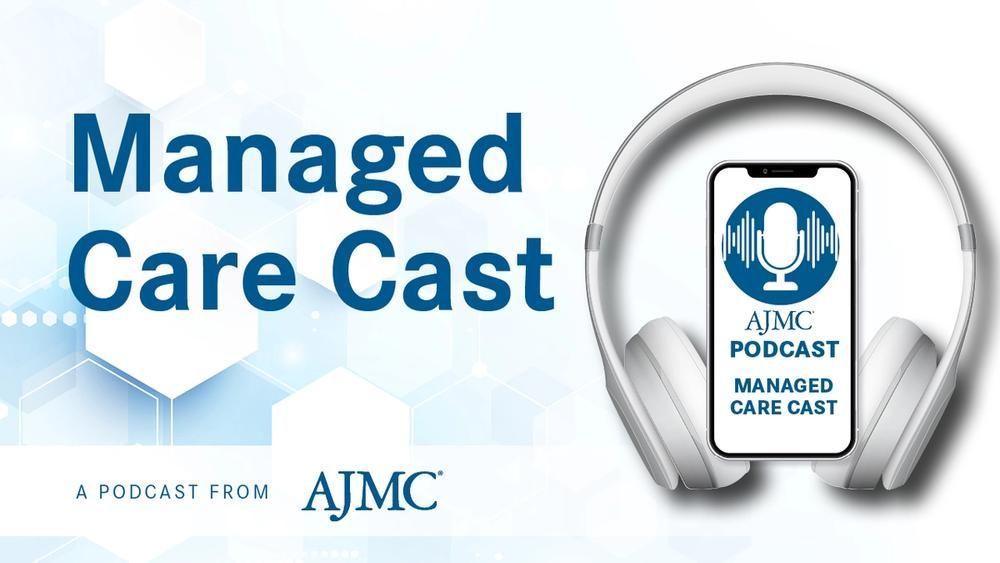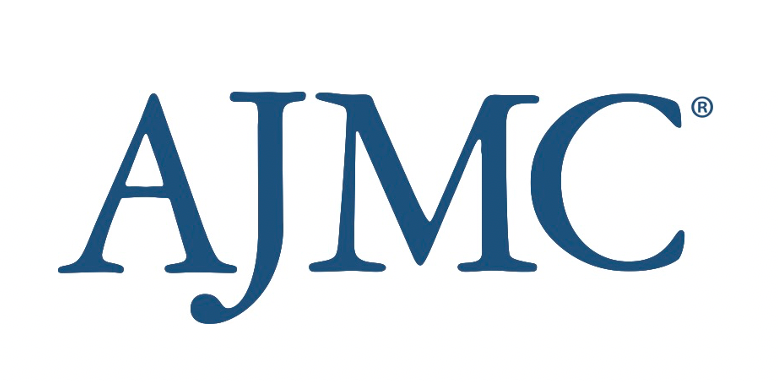Commentary
Video
Treosulfan Approval Offers Novel Option for Allo-HSCT Conditioning in AML/MDS
Author(s):
Mikkael A. Sekeres, MD, Sylvester Comprehensive Cancer Center, discusses the potential benefits of treosulfan, a newly approved agent for allogeneic hematopoietic stem cell transplantation (allo-HSCT) conditioning in acute myeloid leukemia (AML) or myelodysplastic syndrome (MDS).
With the recent approval of treosulfan (Grafapex; Medexus Pharma) in combination with fludarabine (Fludara; Bayer HealthCare Pharmaceuticals), the treatment armamentarium for allogeneic hematopoietic stem cell transplantation (allo-HSCT) conditioning in acute myeloid leukemia (AML) or myelodysplastic syndrome (MDS) grew. Mikkael A. Sekeres, MD, chief of the Division of Hematology at Sylvester Comprehensive Cancer Center, University of Miami, and chair of the American Society of Hematology Committee on Communications, spoke to the potential benefits of treosulfan vs busulfan for patients with AML or MDS undergoing allo-HSCT.
In part 1 of this interview, Sekeres discussed the data leading to treosulfan's approval for patients 1 year and older with AML or MDS ahead of allo-HSCT.
This transcript has been lightly edited for clarity; captions were auto-generated.
Transcript
How might the approval of treosulfan change approaches to conditioning for allo-HSCT in AML and MDS?
This is going to be interesting. I'm a nontransplant leukemia doctor or MDS doctor, so I don't use these agents myself. I do make the decision of whether or not to refer a patient to a transplanter. You can think of me as almost being like a gatekeeper, or, as I say to my patients, I don't have any dogs in this fight. If I refer a patient to a transplanter, it's with a pure heart. I can imagine that transplanters will now pivot towards using more treosulfan since, as I discussed before, all end points are lining up in favor of this approach for patients with myeloid malignancies compared with the traditional use of busulfan.
What were the most common adverse events, and how do they compare with those typical in standard conditioning regimens for allo-HSCT?
The most common adverse events are those that we typically see in patients following an allogeneic hematopoietic cell transplantation. Graft-vs-host disease rates within the first 6 months were 8% for those who got busulfan vs 5% for those who got treosulfan. There was some nominal cardiac toxicity—a little bit higher with busulfan at 2% vs less than 1% for those patients who got treosulfan. Patients did get infections—13% for those who got busulfan vs 9% for those who got treosulfan—but they really don't seem to be out of line for either of these agents in this very high-risk population.
Is there anything else you would like to add regarding the approval of treosulfan for AML/MDS allo-HSCT conditioning?
One more comment I would make is it's really neat to see the FDA approving conditioning regimens for hematopoietic cell transplantation. Transplantation is tricky and it's complicated. I've actually approached members of FDA before to assess whether they would be open to having transplantation as an efficacy end point for treatments for myelodysplastic syndrome or leukemia. In other words, if a patient makes it to transplantation, that's the outcome of interest, that's the success. What they reflected back to me is transplantation is too tricky. There are too many things that can go in weird directions that would affect that efficacy end point. It would depend on the quality of matches, how quickly a patient could identify a match, whether a patient had other events from the prior treatment for leukemia or myelodysplastic syndrome to affect that outcome, and then how a patient did following that transplant. So, it's refreshing to see the FDA approve something specific for transplantation in this high-risk population.
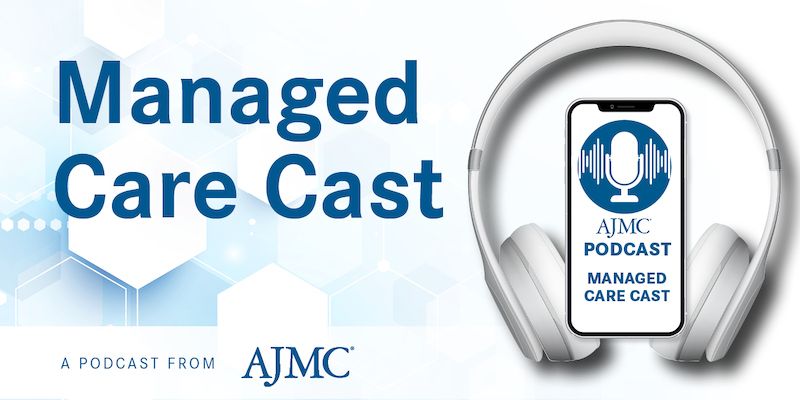
Navigating Sport-Related Neurospine Injuries, Surgery, and Managed Care
